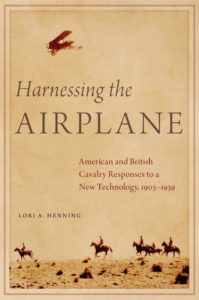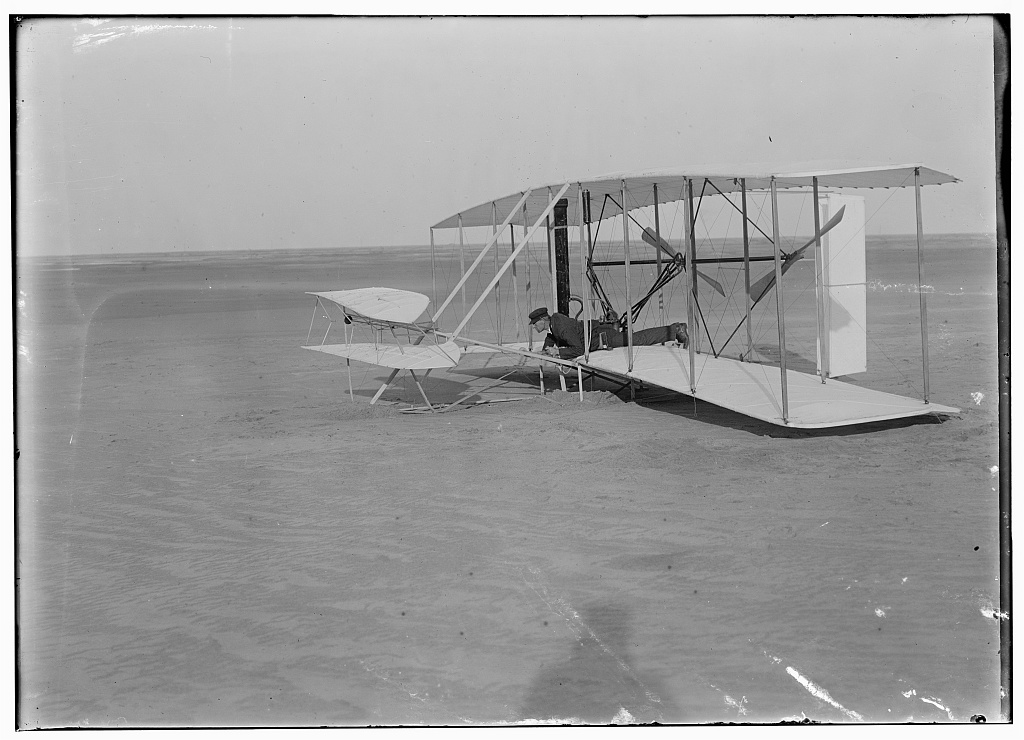In Harnessing the Airplane Lori A. Henning, assistant professor of history at St. Bonaventure University, New York, the examines the early reactions that the new technology raised among the American and British cavalry corps from 1903 to 1939.

Contrary to what one may expect, most of those cavalrymen did not constitute a form of modern Luddites who tried to destroy those new-fangled flying machines. Quite the contrary, both the British and Americans developed doctrines for joint operations in reconnaissance and communication.
Strangely, the old, tradition-bound British cavalry corps moved faster in coordinating their reconnaissance and scouting missions with aviation than the much younger U.S. Cavalry, which advanced such studies much later. After World War I, both the cavalry corps tried to incorporate Juan Cierva’s rotary-wing autogiro into their doctrine. Those projects finally failed because of the sudden death of Cierva on 1937, budgetary limits, and finally the decision of both armies to allot more money to the production of faster reconnaissance planes.
The tanks and mechanization, more than aviation, brought American cavalry to an end. History, however, justifies the fears of John. K. Herr, the last American cavalry commander that when the U.S. Army would next need trained horsemen, it would not find them because their experience would be lost. Such a problem, to some degree, occurred in 21st century Afghanistan. The author now believes that the misgivings cavalrymen expressed toward airplanes have re-emerged with General Curtis E. LeMay’s feelings toward guided missiles or 21st century pilots regarding drones. The provocative perspectives in Harnessing the Airplane render it an excellent addition to libraries on cavalry as well as aviation.

